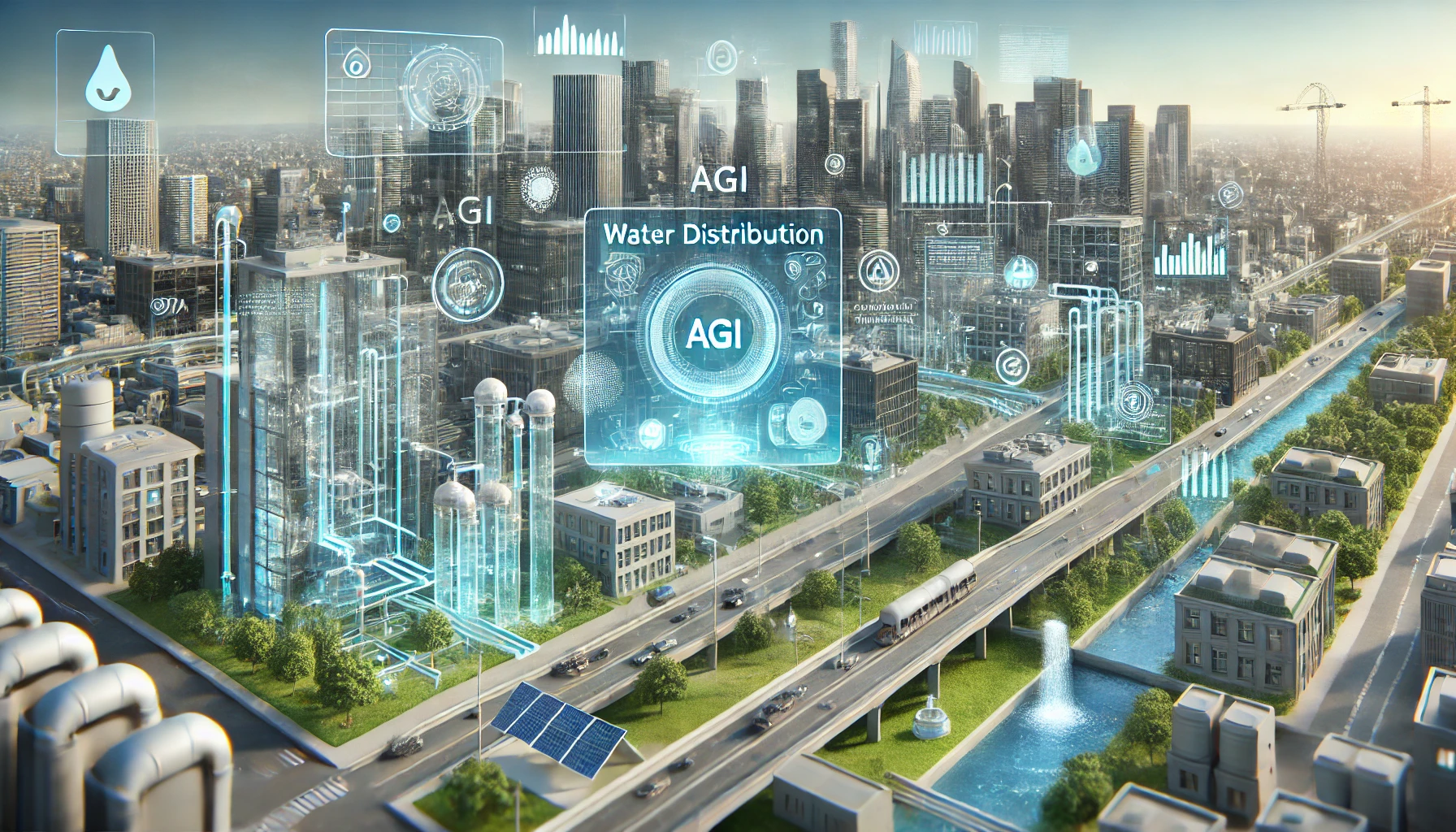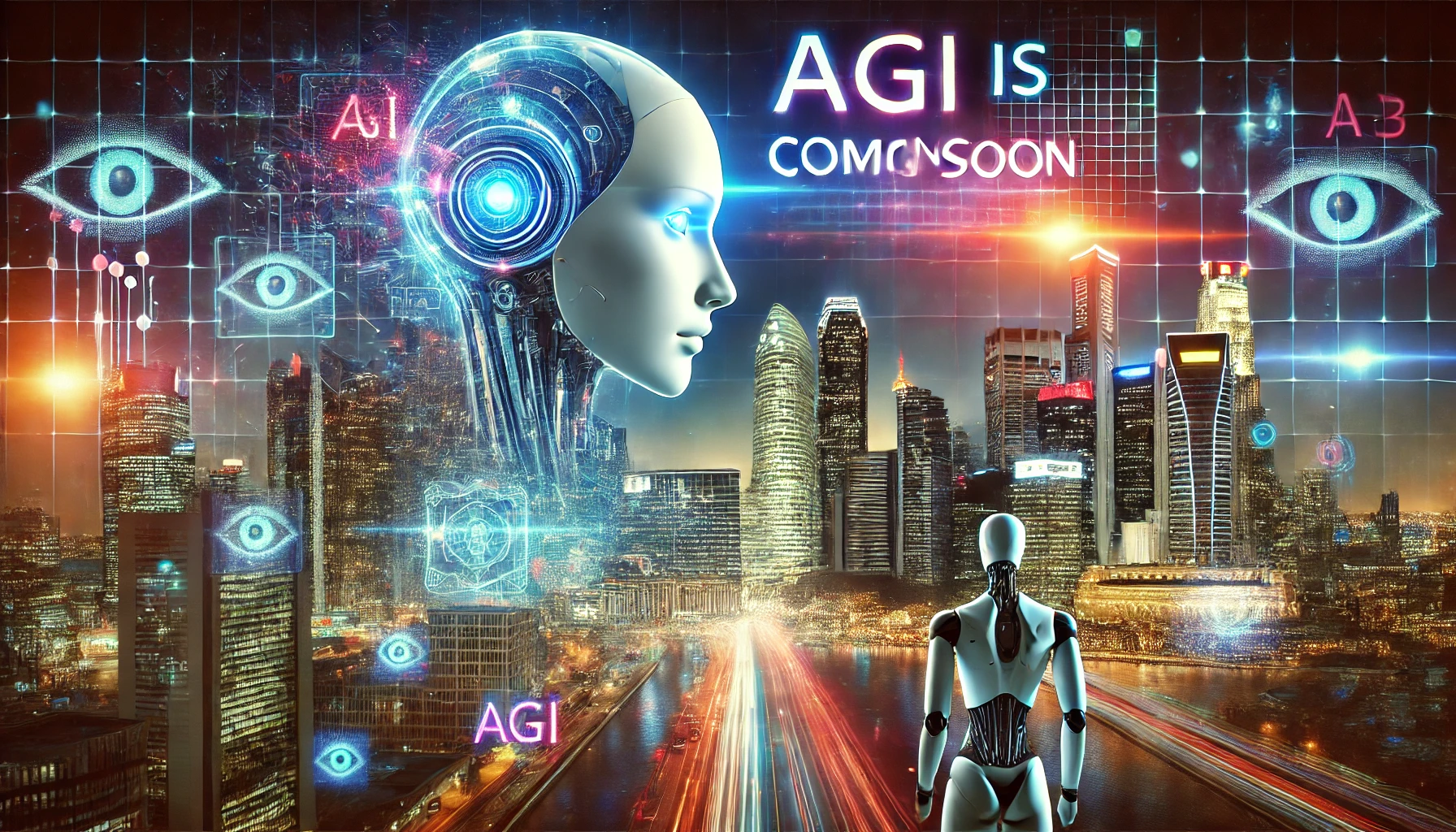As urbanization continues to expand, cities face growing challenges in managing water distribution systems efficiently and sustainably. Advanced technologies like Artificial General Intelligence (AGI) are poised to revolutionize urban water distribution by enabling smarter, more adaptive, and efficient systems. Here’s how AGI can make a significant impact:
1. Real-Time Data Integration
AGI can process and analyze vast amounts of real-time data from diverse sources, such as IoT sensors, weather forecasts, and consumption patterns. By integrating this data, AGI systems can offer a comprehensive view of water supply and demand dynamics across urban areas.
2. Leakage Detection and Prevention
Water leakage is a significant issue in urban systems, leading to substantial water loss. AGI-powered systems can:
- Detect leaks quickly through anomaly detection algorithms.
- Predict potential weak points in the infrastructure before they fail.
- Suggest optimal repair schedules, minimizing service disruption.
3. Optimized Resource Allocation
AGI can balance supply and demand by:
- Predicting water usage trends based on historical and real-time data.
- Allocating resources dynamically, ensuring equitable distribution across neighborhoods.
- Reducing waste by adjusting supply to meet actual demand.
4. Climate Resilience
With climate change intensifying extreme weather patterns, water management must adapt to:
- Anticipate periods of drought or heavy rainfall.
- Optimize reservoir management to prevent overflows or shortages.
- Model long-term scenarios and propose proactive measures for sustainable water supply.
5. Energy Efficiency
Water distribution systems are energy-intensive. AGI can help by:
- Optimizing pump operations based on real-time demand and energy costs.
- Scheduling operations during off-peak electricity hours to reduce energy expenses.
- Reducing carbon footprints by integrating renewable energy sources.
6. Enhanced Decision-Making
AGI empowers decision-makers with actionable insights through:
- Simulations of various scenarios, from infrastructure upgrades to policy changes.
- Recommendations on cost-effective solutions for expanding or modernizing systems.
- Stakeholder collaboration by providing transparent, data-driven reports.
7. Consumer Engagement
Smarter systems benefit end-users by:
- Offering personalized insights into water usage.
- Encouraging conservation through real-time alerts and feedback.
- Promoting sustainable habits with gamified incentives.
Challenges and Opportunities
While AGI presents transformative potential, integrating it into water systems requires overcoming challenges such as data privacy, high implementation costs, and ensuring system robustness against cyber threats. However, as technology advances and becomes more accessible, the opportunities for creating smarter, more sustainable urban water distribution systems will far outweigh these challenges.
Conclusion
AGI has the power to revolutionize urban water management by enhancing efficiency, resilience, and sustainability. Cities adopting AGI-driven solutions will not only address current challenges but also future-proof their water systems for generations to come. The time to act is now, leveraging AGI to ensure every drop counts.
What are your thoughts on AGI’s role in urban water management? Share your insights below! 🌊
[SEO optimized]


